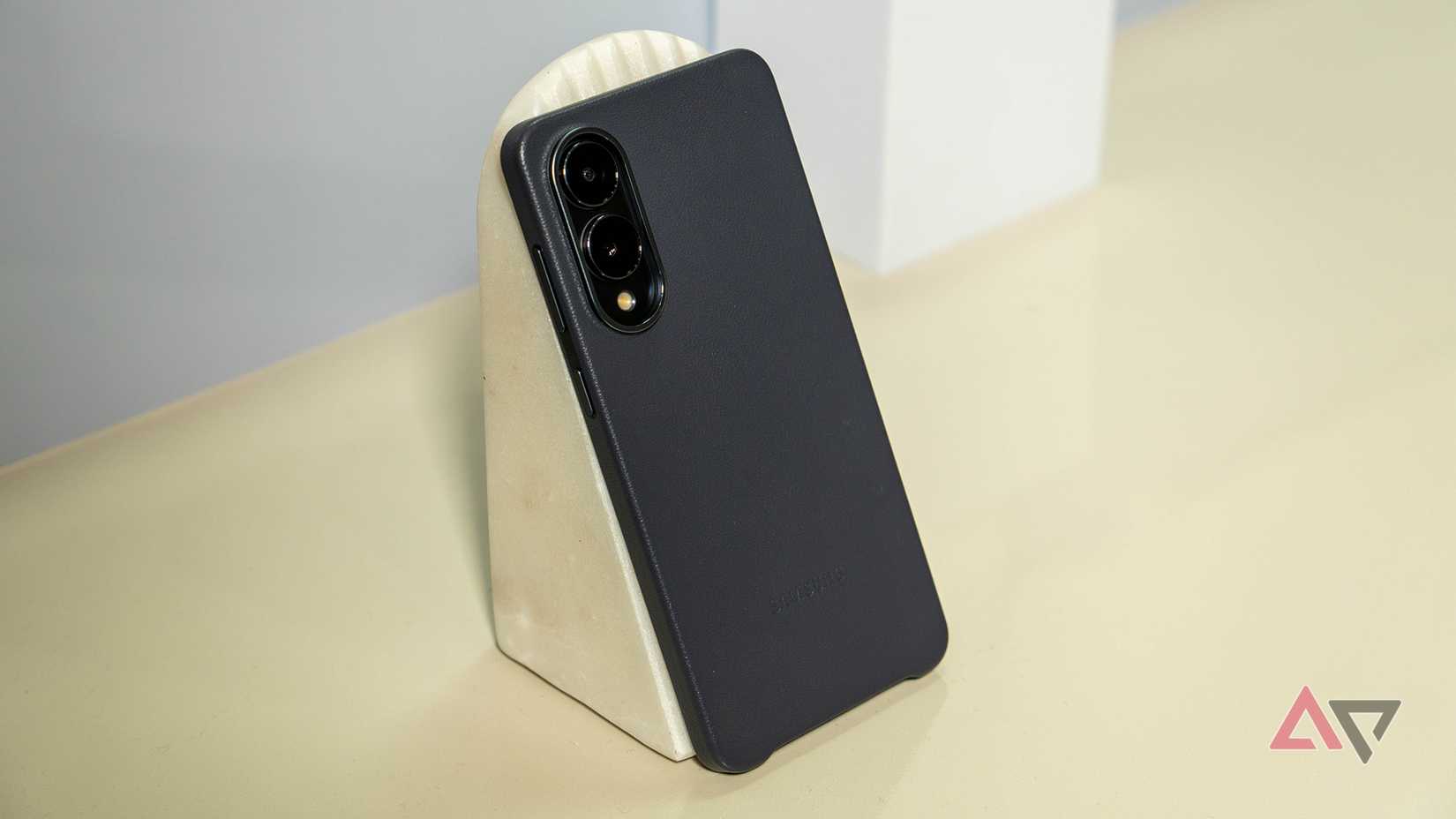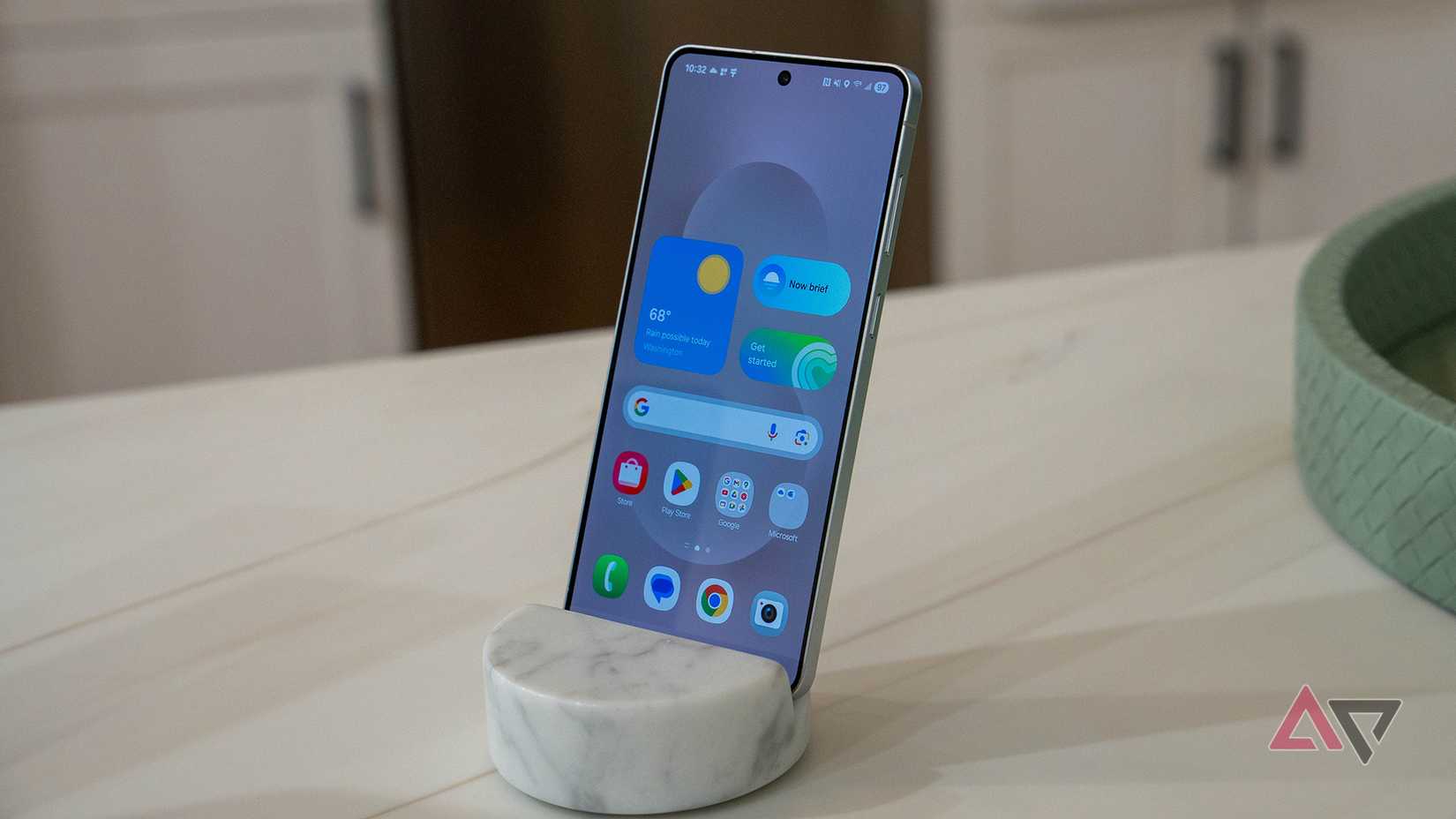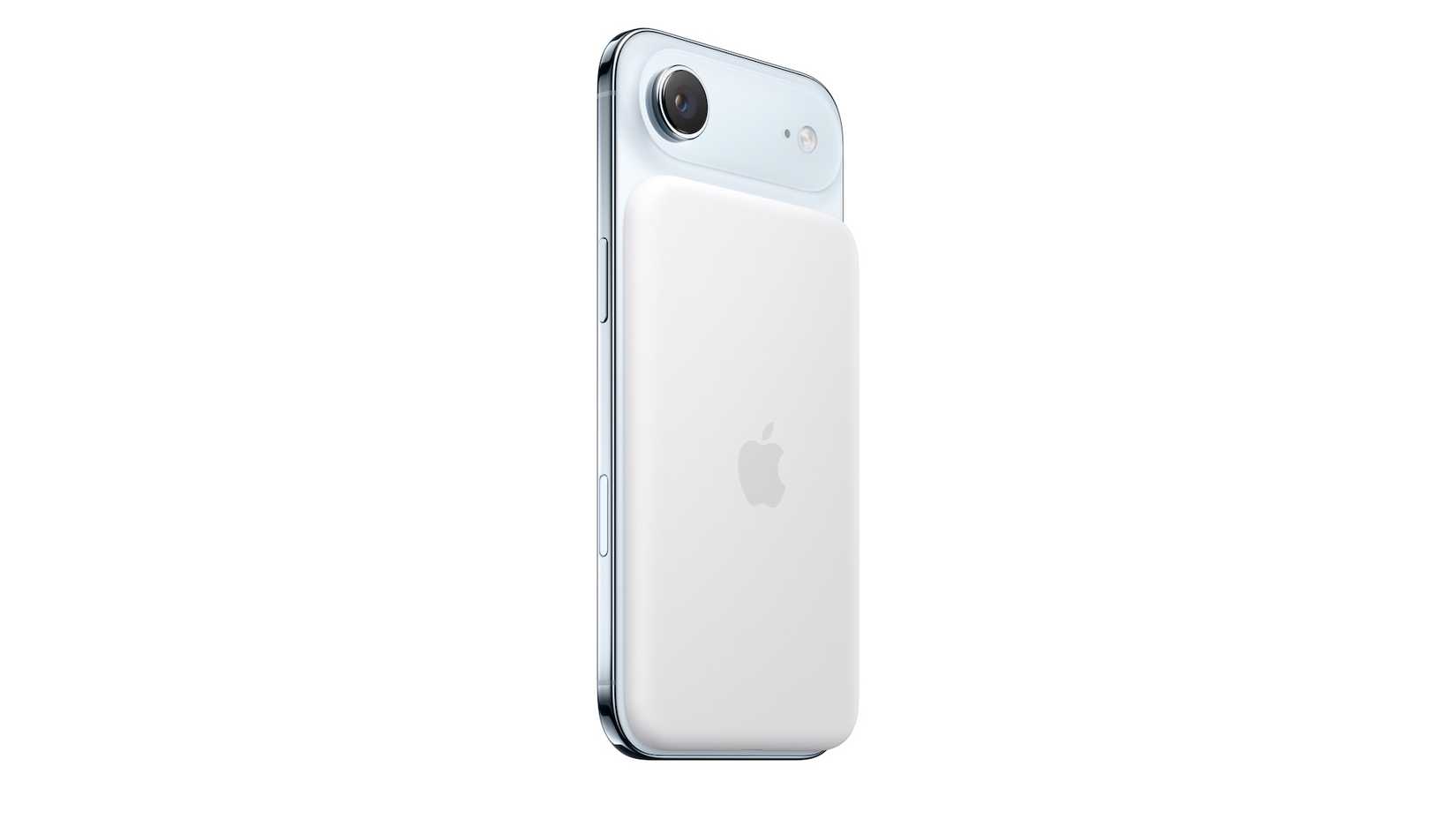With the Galaxy S25 Edge, Samsung took a swing at a super-slim premium Android phone ahead of the iPhone Air’s debut.
Unfortunately, the experiment seems to have failed, with the S25 Edge failing to garner consumer interest. At just 5.8mm thick, the Edge certainly looks the part, but being slim isn’t enough.
Like other super-thin Android phones before it, the device compromised in the areas that matter most. And the iPhone Air sets itself apart in exactly these areas, proving that a slim phone doesn’t have to come with so many trade-offs.
Samsung did not go far enough with the Galaxy S25 Edge
Missed chances to stand out
Android smartphone makers keep cramming cutting-edge hardware into their devices. That approach works for traditional flagships but falls apart with super-slim phones.
To make the most of limited space while still packing powerful hardware, Android makers need to rethink their approach.
Slim phones are all about efficiency: How you can use the limited internal space to the maximum, squeezing in the largest possible battery, and managing heat effectively.
These optimizations can’t stop at surface-level hardware tweaks or simply dropping in a bigger SiC battery. They need to go deeper, extending into software tuning as well.
Samsung made several under-the-hood optimizations and changes to make the Galaxy S25 Edge — its slimmest phone yet. But it did not go far enough.
Despite the phone’s sleek profile, the company equipped it with a Snapdragon 8 Elite chip, ensuring performance isn’t compromised due to the thinness.
However, it should have used the 7-core variant of the chip to manage heat better. This would also have allowed for better sustained performance under load.
Instead, Samsung used the “for Galaxy” variant of the Snapdragon 8 Elite — the same chip powering other S25 models — tuned with higher clock speeds. And the results speak for themselves.
GSMArena‘s testing highlights the Galaxy S25 Edge’s poor sustained performance, with the GPU achieving a stability score of less than 50% in the 3D Mark stress test.
Even worse, the phone reached a scorching peak temperature of 54.7C under heavy load.
In comparison, the iPhone Air delivered 61% GPU stability, and its CPU only throttled down to 76% under sustained load. That’s significantly better than the S25 Edge, and this is a difference you’ll notice when using both phones in daily life.
The Galaxy S25 Edge will likely throttle after a few minutes of heavy camera and Google Maps use while you are out and about, while the iPhone Air should fare much better in such scenarios.
The slim iPhone hit a peak temperature of 54.6°C in GSMArena‘s testing, almost the same as the S25 Edge, which is impressive considering the device is 0.2mm thinner than its Android competitor.
Smarter under the hood
The optimizations need to go really deep
Apple focused on optimizing every aspect of the iPhone Air to ensure the thinness did not affect usability.
More importantly, it equips the phone with its in-house C1x modem and N1 chip to handle 5G, Wi-Fi, and Bluetooth connectivity.
That makes a big difference, as combined with software optimizations like the new Adaptive Power mode in iOS 26, the iPhone Air can last a day of moderate use. This is despite the phone housing a considerably smaller battery than the S25 Edge.
Apple says the C1x modem is an upgraded variant of C1, its first and most efficient iPhone baseband yet.
This plays a big role in ensuring the iPhone Air delivers respectable battery life, with the company even claiming the Air is the “most power-efficient iPhone ever made.”
Yes, there’s no mmWave 5G support, but the majority of iPhone Air users won’t notice its absence. Plus, the battery life boost is worth the trade-off in this case.
Samsung does not go this far with the Galaxy S25 Edge. It uses almost the same components on the Galaxy S25 Edge as other members of the S25 family.
It could have used a newer, more power-efficient display to boost battery life.
Likewise, it should have optimized One UI 7 on the phone for longer battery life. But nope. And again, the results speak for themselves.
The Galaxy S25 Edge packs a 3,900mAh battery, significantly larger than the iPhone Air’s 3,149mAh cell. Yet, the latter lasts longer in most tests and should deliver better everyday battery life.
The missing accessory
iPhone Air has the MagSafe advantage
Apple knows the iPhone Air’s battery life might not be enough for most users.
And that’s why it specifically launched a slim MagSafe battery pack for the phone. It goes well with the phone’s sleek design and boosts its overall runtime by 65%.
Samsung doesn’t offer a dedicated accessory like this for the Galaxy S25 Edge. Sure, you can always plug in a regular power bank to top up the battery, but it’s hardly as seamless.
A slim, magnetically attaching power bank would make charging on the go far more convenient in everyday use.
Worse, the S25 Edge even lacks full native Qi2 support. It’s only Qi2 Ready, and that means you cannot attach any magnetic accessories to its back without a compatible case.
Android makers need a new playbook for their slim phones
The iPhone Air’s launch will undoubtedly lead to more Android smartphone makers jumping on the slim phone bandwagon.
However, they need to rethink their strategy first. A slim phone with the same internals as their flagship phone won’t work.
Like Apple, they must go back to the drawing board and optimize every aspect of the device — hardware and software — to strike the perfect balance between performance, usability, and battery life.




